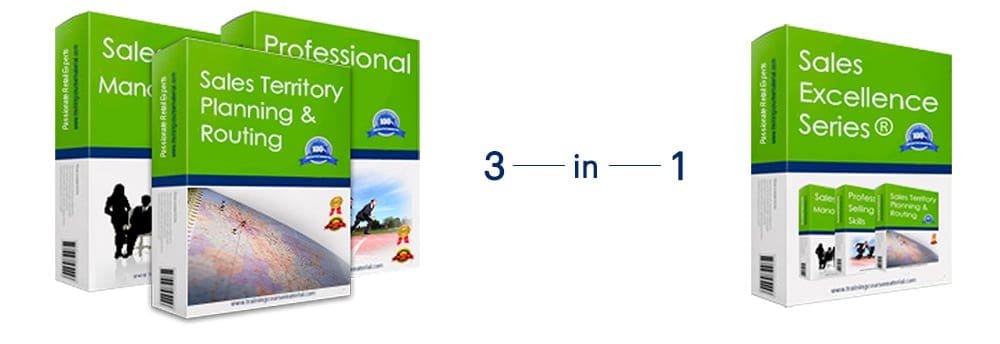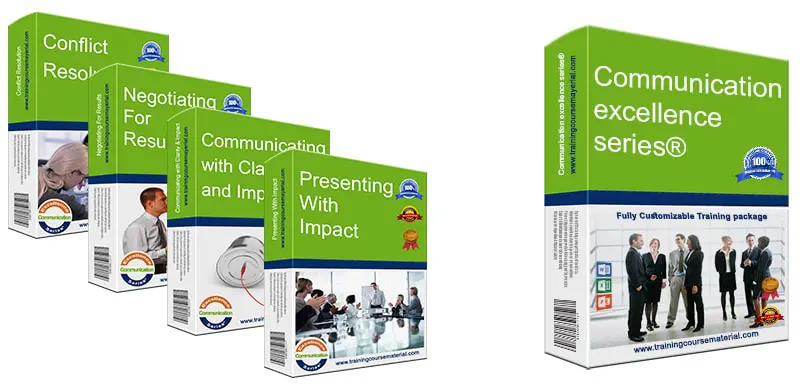The Power of Assessment
The Power of Assessment
- Free Trainer Tips
- /
- Last Updated: 02 April 2021
- /
- Hits: 3636

The idea of assessing training participants is a bit of a hot topic right now. On one side of the conversation is the argument that assessment is not necessary. Participation is all that matters, and there should be no need to stress training participants out to the point that they don’t get as much out of their training experiences as they would if you didn’t assess them. On the other side of the conversation is the argument for the need for assessment. Without assessment, how will trainers know whether or not learning has taken place? It’s quite the conundrum. So we wanted to shed a little light on the topic and provide you with some insight into the reasons why assessment is reasonable for everyone when it’s used correctly.
Pairing Assessment with Participants
When you first encounter a group of training participants, it will be difficult to know their strengths and weaknesses, learning styles, and approaches to learning new information. When you take a few minutes to get to know your audience, you will be better able to match participants with an appropriate assessment style. Keep in mind that assessment doesn’t have to mean exam or test. It can simply mean that the participants can cogently answer when asked questions. Knowing your audience helps you determine how to perform assessments.
Confirming Learning Has Taken Place
If you need to verify that the learning has transferred to your participants, one of the easiest ways to do this is to ask participants how they plan to use this new information. Many learning theories point to the fact that we have learned something when we can apply it in our lives, so having participants go through the motions of imagining how they will use this information will get them invested in the material, and it will help you verify that they got something out of the training sessions. Another powerful way to confirm that the participants learned what they needed to learn, which is ultimately the purpose of assessment, is to have them teach information back to you, or each other. When you can accurately explain a concept to someone, it is fair to assume you have learned it in a way that you understand it and can apply it to your life.
Feedback and Future Planning
One of the main reasons that assessment is a useful training tool is that it provides people with a standard feedback system. Everyone is familiar with being tested in some way. So whether or not you administer actual tests and give actual scores, participants like to feel like they have achieved something at the end or throughout your training sessions. If you intend to use a formal assessment system, be prepared to administer your tests in a variety of ways to accommodate a variety of learning styles. If you want to take a more modern approach, try implementing assessments sprinkled throughout your training sessions in the forms of question/answer periods, presentations from participants, and peer reviews.
Whether or not you use assessments might depend on the details of your contract. If a company hired you to deliver communications training and they expect participants/employees to score at least 80% in the course to meet minimum employment standards, then you will need to devise a way to deliver an assessment tool and demonstrate learning has taken place. Every situation is different, so consider your options next time you head out to deliver a training session.

34 Full Courses & 6 Mini Courses
Get all available programs
& save ...!!
Price: $4499.95 $2995.95
Great Value For Money
Read More
|
+ | 
|
The Presenter-Trainer Package®
Train The Trainer
Presenting With Impact
Price: $359.95 $299.95
SAVE $59.95
Read More
Retail Excellence Series®
3 Complete Courseware
Packages in 1
Frontline Retail Selling Skills
Retail Sales Planning & Forecasting
Passionate Retail Experts
Price: $539.855 $349.95
Pay for 2 Get 1 Free
Read More
Sales excellence series®
3 Complete Courseware
Packages in 1
Sales Management
Professional Selling Skills
Sales Territory Planning & Routing
Price: $539.855 $349.95
Pay for 2 Get 1 Free
Read More
Call Center Excellence Series®
4 Complete Courseware
Packages in 1
Handling angry and difficult callers
Call control
Find a way to say YES!
Successful telephone debt collection
Price: $719.95 $449.95
Pay for 2 programs and Get 2 programs Free
Read More
Communication Excellence Series®
4 Complete Courseware
Packages in 1
Communicating with clarity and impact
Negotiating for results
Conflict resolution
Presenting With Impact
Price: $719.95 $449.95
Pay for 2 programs and Get 2 programs Free
Read More
Customer Service Excellence Series®
5 Complete Courseware
Packages in 1
Vision, Energy & Passion To Serve
Pathways to service excellence
Find a way to say YES!
Passionate Retail Experts
Setting others up for success
Price: $899.75 $599.95
Pay for 3 Get 2 Free
Read More
Instant Download
Training packages
All you need
to deliver a great training!
Our training material packages come with all you need to provide
a professional and accelerated learning solution with

High Impact
Power Point Slide Deck
To support immersive learning, a high impact professionally designed power point slide deck to engage trainees at all levels.

Student
Workbook
A comprehensive reference workbook you can give out to your class participants as a quick future reference.

Trainer
Guide
With step-by-step clear directions with tips and suggestions on what to say and how to present each slide.

Activity
/Exercise Sheets
Various training material and support documents to help you both explain and debrief the different exercises, activities and games Plus a fun final Jeopardy style review game as a fun ending for your training program.

Additional
Support Documents
To ensure you have all you need to deliver a complete and professional training program, additional supporting documents are included with each full course material package. From training evaluation forms to 5 different certificate templates that you can edit and hand out to your participants at the end of your training.

Job Aids
& Forms
Specific forms designed to extend and reinforce the training that participants can utilize back on the job to help them apply the new learned concepts (Select training material packages)


